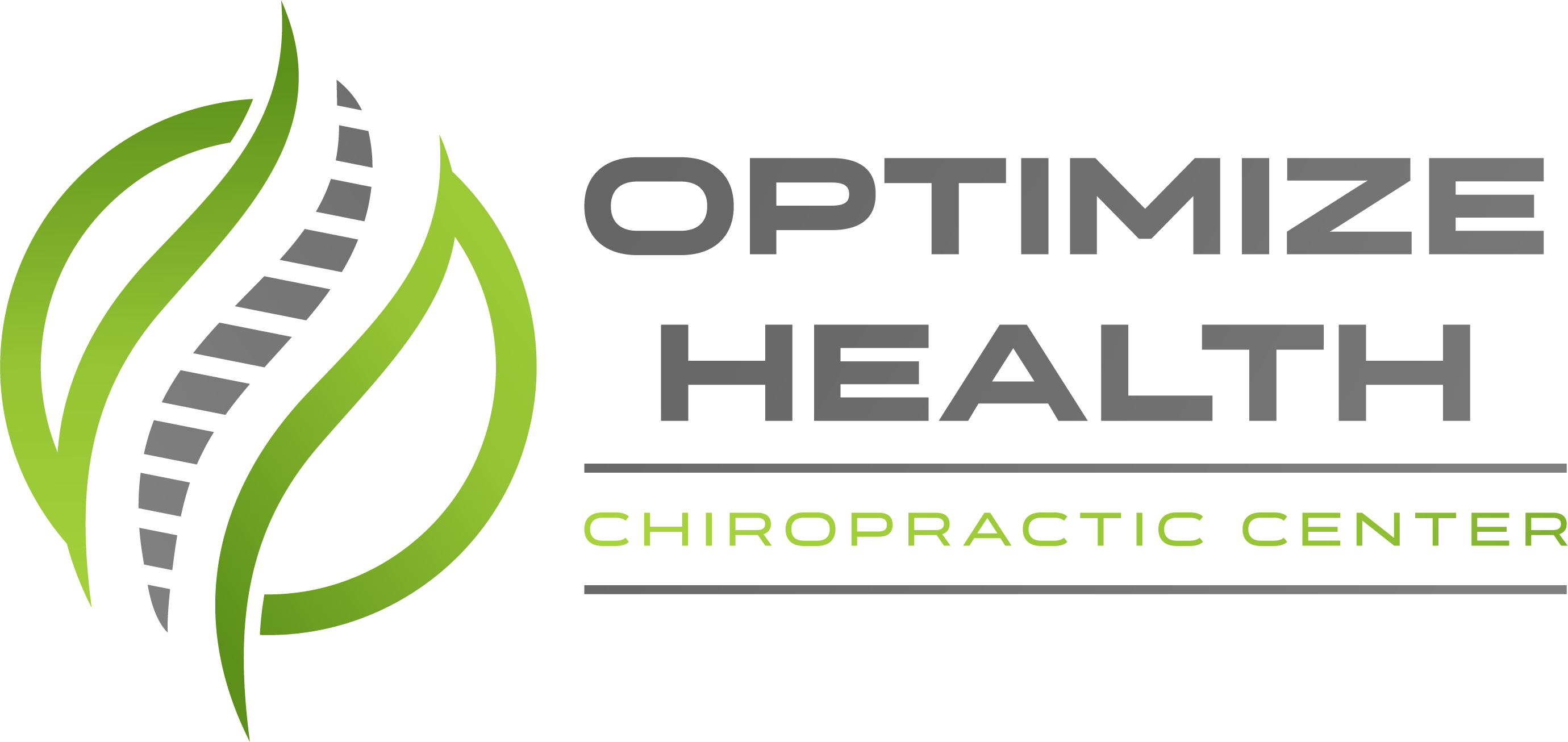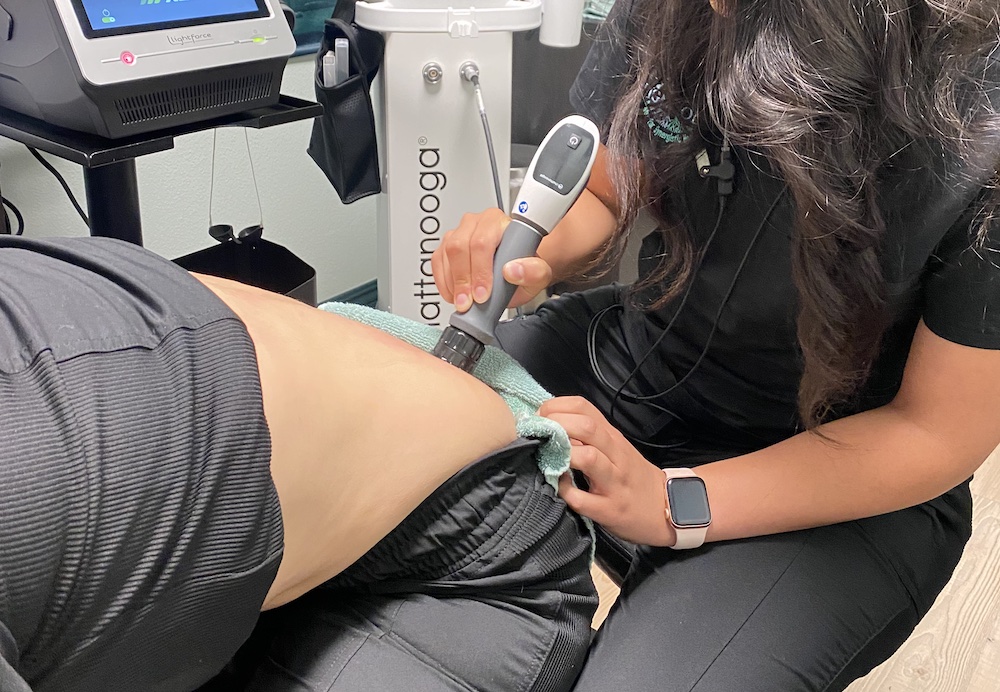If you're dealing with lower back pain, you're certainly not alone, and I want to assure you that finding relief is possible. As a chiropractor, I see many patients who are overwhelmed by their options for treatment. It's important to know that there are effective approaches available, including chiropractic care, physical therapy, and even simple at-home remedies that can significantly help you feel better.
You might be surprised to learn how small lifestyle changes can also play a crucial role in your recovery. At our clinic, we emphasize understanding the most effective options personalized to your specific needs. Chiropractic care focuses on natural healing and aims to address the root cause of your pain, rather than just masking the symptoms.
I encourage you to explore these various approaches with us. Together, we can uncover what might be the best fit for your situation and help you on your journey to a pain-free life. Remember, relief is within reach, and I'm here to guide you every step of the way.
Physical Therapy Options
When it comes to addressing lower back pain, chiropractic care offers a range of effective, natural healing options that can truly make a difference. Our focus is on aligning your spine, which is crucial for alleviating discomfort and promoting overall wellness.
As a chiropractor, I'll assess your condition and customize a treatment plan specifically for you, ensuring that the techniques we use are safe and tailored to your needs.
A common approach in chiropractic care is spinal manipulation, which involves gentle adjustments to realign the spine and relieve pressure on nerves. This technique not only helps reduce pain but also enhances mobility and function, allowing your body to heal more efficiently.
Additionally, I may incorporate therapeutic exercises aimed at strengthening your core and improving flexibility, which are vital for maintaining a healthy back and preventing future issues.
We also utilize supportive therapies, such as heat and cold applications, to help reduce inflammation and increase blood flow to the affected areas. In some cases, modalities like electrical stimulation may be employed to alleviate pain and muscle tension, especially during the initial phases of recovery.
Education is a cornerstone of chiropractic care. I believe it's essential for you to understand your body's mechanics and how they relate to your daily activities.
I'll guide you on proper body mechanics and ergonomics, empowering you to make informed choices that reduce the risk of re-injury. By embracing chiropractic care, you're taking proactive steps toward achieving long-term relief and enhancing your overall quality of life.
Let's work together to help you feel your best!
At-Home Remedies
As a local chiropractor, I want to share some effective at-home remedies for managing lower back pain that can complement your chiropractic care. It's important to know that you don't always need to rely on professional treatments; there are practical strategies you can implement right at home to find relief.
One of the first things I recommend is applying a cold or hot compress to the affected area. For acute pain, ice packs can help reduce inflammation and numb the area, while heat pads can work wonders in relaxing tight muscles. Alternating between cold and heat can provide maximum relief.
Incorporating gentle stretching and low-impact exercises into your routine is also beneficial for your back health. Practices such as yoga or Pilates are fantastic for enhancing flexibility and strengthening your core muscles, which are vital for supporting your lower back.
Additionally, even a short daily walk can significantly improve blood flow and alleviate stiffness.
Another key factor to consider is your home environment. Ergonomic adjustments can make a huge difference in your posture and overall comfort. Ensure that your workspace is set up to support your spine. A chair with proper lumbar support is essential, and make sure your computer screen is at eye level to prevent unnecessary strain.
Lastly, never underestimate the importance of rest. Quality sleep plays a crucial role in recovery. Aim to get sufficient rest and find a sleeping position that supports your back. I often recommend sleeping on your side with a pillow between your knees to help maintain spinal alignment.
Medication and Pain Relief
Managing lower back pain can often be a perplexing journey, especially if you're new to exploring natural healing options like chiropractic care. While many people instinctively reach for over-the-counter (OTC) medications such as ibuprofen or acetaminophen for quick relief, it's essential to understand that these are just temporary solutions.
These nonsteroidal anti-inflammatory drugs (NSAIDs) can help reduce inflammation and alleviate pain, but they don't address the underlying causes of your discomfort. As a chiropractor, I encourage my patients to consider a holistic approach to pain management.
If OTC medications aren't providing the relief you need, it's a great idea to consult with a healthcare provider or a chiropractor. We can work together to identify the root of your pain and explore natural alternatives that promote healing rather than just masking symptoms.
For instance, muscle relaxants or stronger NSAIDs may be prescribed, but they can come with side effects such as drowsiness. Instead, chiropractic adjustments can help realign your spine and improve mobility, which may alleviate muscle tension and spasms without the need for medication.
In cases of more intense pain, some may consider opioids. While effective, these come with a risk of dependency and are typically only recommended for short-term use. I often suggest exploring non-pharmacological treatments, such as chiropractic care, which focuses on restoring balance and function to your body.
Additionally, topical pain relievers like creams or patches can be beneficial for localized relief, but they, too, don't address the underlying issues. By incorporating chiropractic adjustments, physical therapy, and other natural modalities, we can create a comprehensive pain management strategy tailored to your needs.
As you navigate your options, I encourage you to maintain open communication with your chiropractor and other healthcare providers. Together, we can develop a plan that not only alleviates your pain but also supports your overall health and well-being, minimizing any risks associated with medication.
Alternative Therapies
As your local chiropractor, I want to share with you the potential benefits of exploring alternative therapies for managing lower back pain. While medications may provide temporary relief, these holistic approaches can offer a more sustainable solution that addresses not just the physical symptoms but also the emotional aspects of pain.
Chiropractic care is a key component of this journey. Through manual manipulation of the spine, I work to realign your body, which can significantly reduce pain and enhance mobility. Many of my patients find that regular visits help alleviate pressure on their nerves and muscles, paving the way for improved overall back health.
Another effective therapy to consider is acupuncture. This ancient practice involves inserting fine needles into specific points on the body to stimulate energy flow. Numerous individuals have reported substantial pain relief after just a few sessions, as acupuncture can effectively reduce inflammation and promote healing.
Massage therapy is another excellent option that I often recommend. Whether you prefer deep tissue techniques or a more gentle approach, the manipulation of soft tissues can relieve tension, boost circulation, and foster relaxation. A skilled massage therapist can target specific areas of discomfort, helping you feel more at ease in your daily activities.
Additionally, incorporating practices like yoga and tai chi into your routine can greatly benefit your back health. These mind-body exercises help to strengthen your muscles, enhance flexibility, and improve body awareness and posture, all of which can prevent future injuries.
By integrating these alternative therapies into your wellness plan, you may discover a transformative approach to managing lower back pain. Not only do they provide relief, but they also contribute to your overall well-being.
I encourage you to explore these options and see which ones resonate with you. Together, we can find the best path toward a healthier, pain-free life.
Lifestyle Changes
As a local chiropractor, I want to emphasize the importance of making lifestyle changes to alleviate lower back pain and support your long-term health. Many people are unaware that their everyday habits can significantly affect the well-being of their spine.
Let's start with something fundamental: your posture. Whether you're sitting at a desk, standing, or even walking, maintaining proper alignment is crucial to reducing strain on your back. If you spend long hours working, consider investing in an ergonomic chair or a standing desk to help support your posture.
In addition to posture, incorporating regular physical activity into your daily routine is vital for spinal health. Aim for a balanced mix of strength training and flexibility exercises. Activities such as yoga, swimming, or even a simple walk can strengthen your core and enhance your flexibility, which may help alleviate tension in your back.
Always listen to your body—if something feels uncomfortable or painful, it's important not to ignore those signals.
Nutrition is another key factor in managing pain. A well-balanced diet that includes plenty of anti-inflammatory foods—like fruits, vegetables, and whole grains—can facilitate your body's healing processes.
Don't forget to stay hydrated as well; proper hydration helps maintain the elasticity of your spinal discs, which is essential for spinal health.
Lastly, let's talk about sleep. Make sure you're sleeping on a mattress that offers adequate support for your back. If you're a side sleeper, placing a pillow between your knees can help maintain proper spinal alignment during the night.
Conclusion
As your local chiropractor, I want to emphasize that finding relief from lower back pain often involves a multifaceted approach. It's important to explore various treatments, including chiropractic adjustments, physical therapy, and natural at-home remedies. Listening to your body is essential; pay attention to how different therapies affect your pain levels and adjust your routine accordingly.
In addition to these treatments, don't underestimate the power of lifestyle changes. Staying active and maintaining a balanced diet can significantly contribute to your overall back health. By integrating these strategies into your daily life, you can manage your pain more effectively and promote long-term wellness. Remember, chiropractic care focuses on natural healing and restoring balance to your body, so let's work together to enhance your back health!



